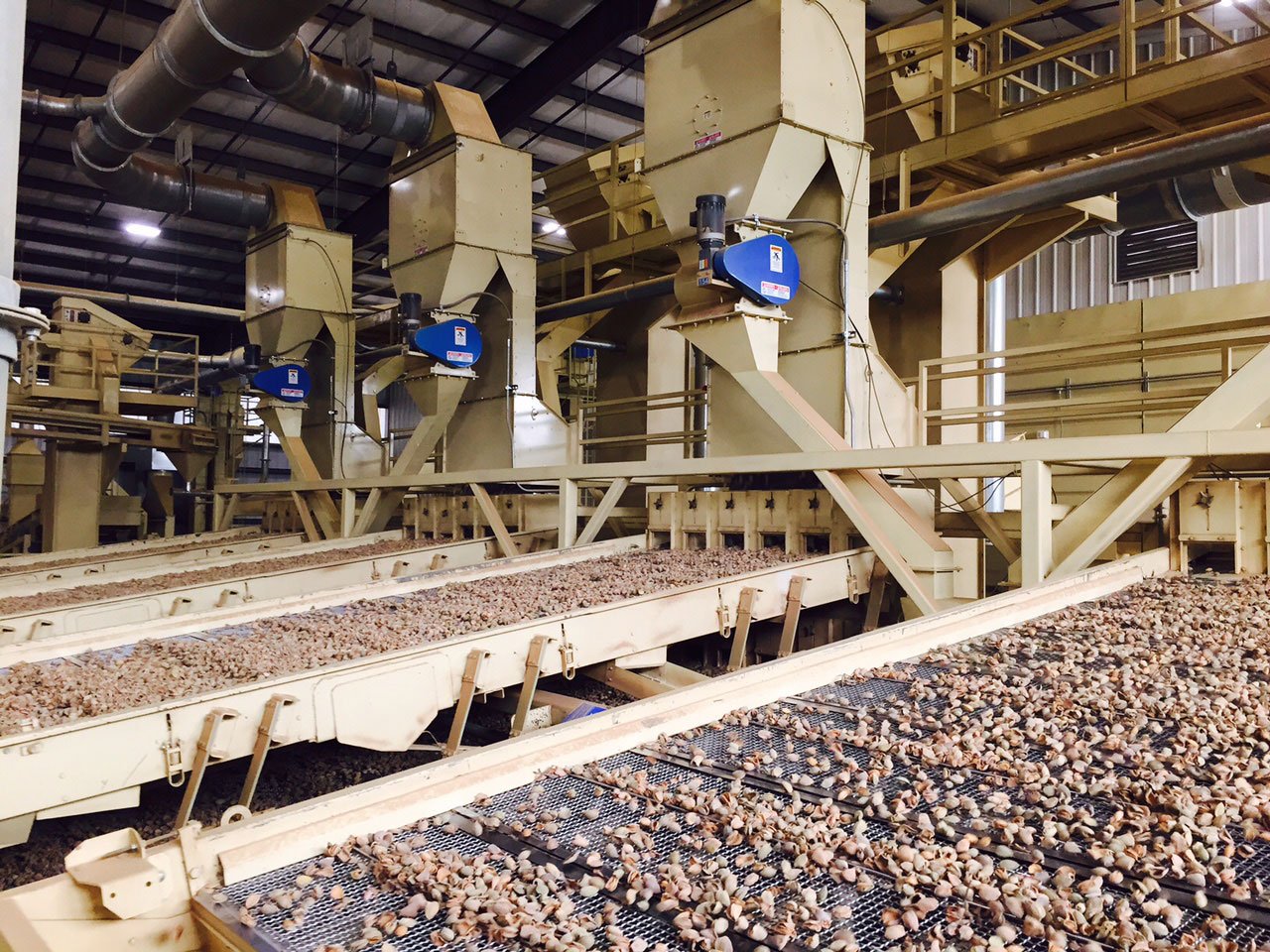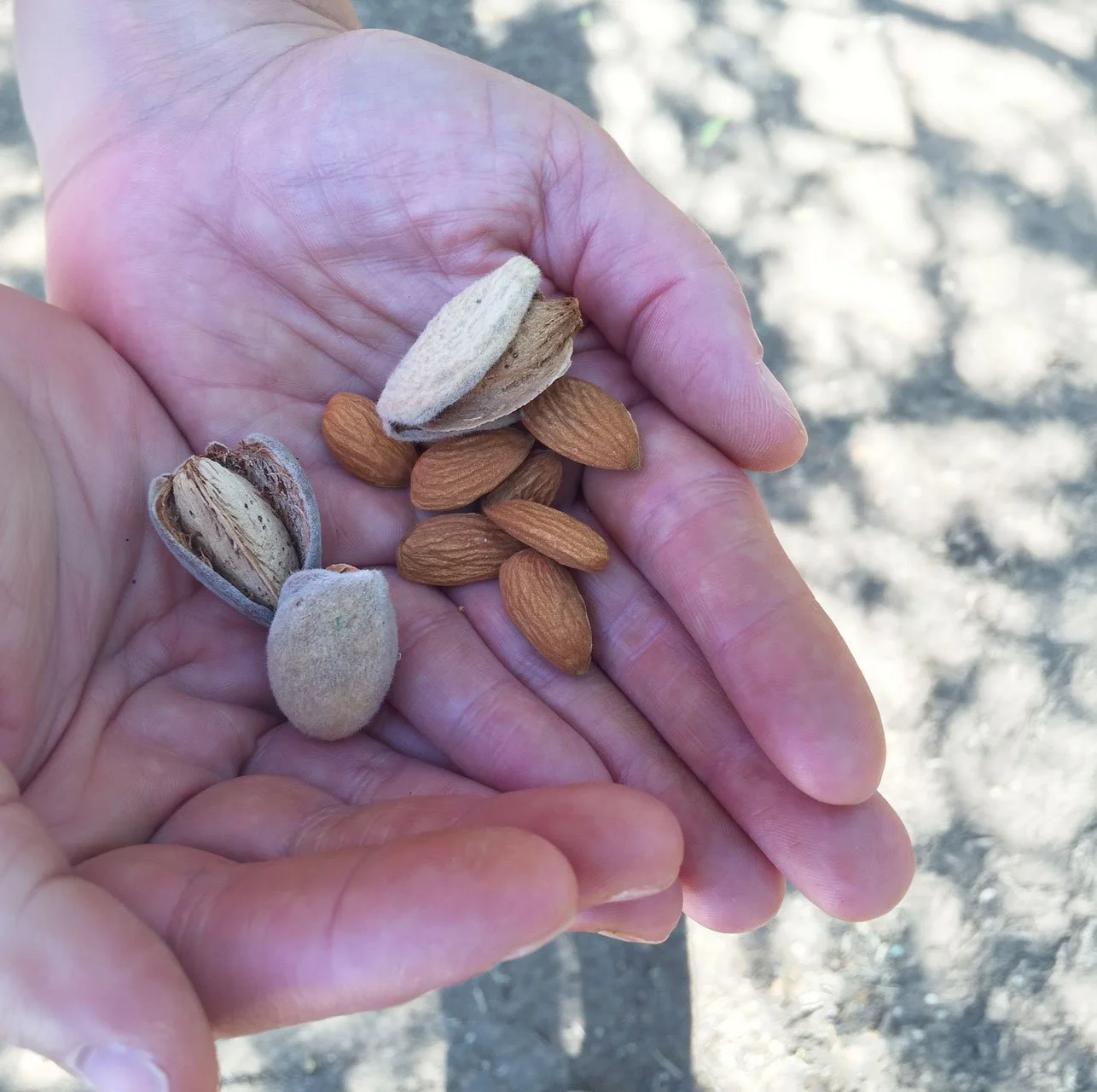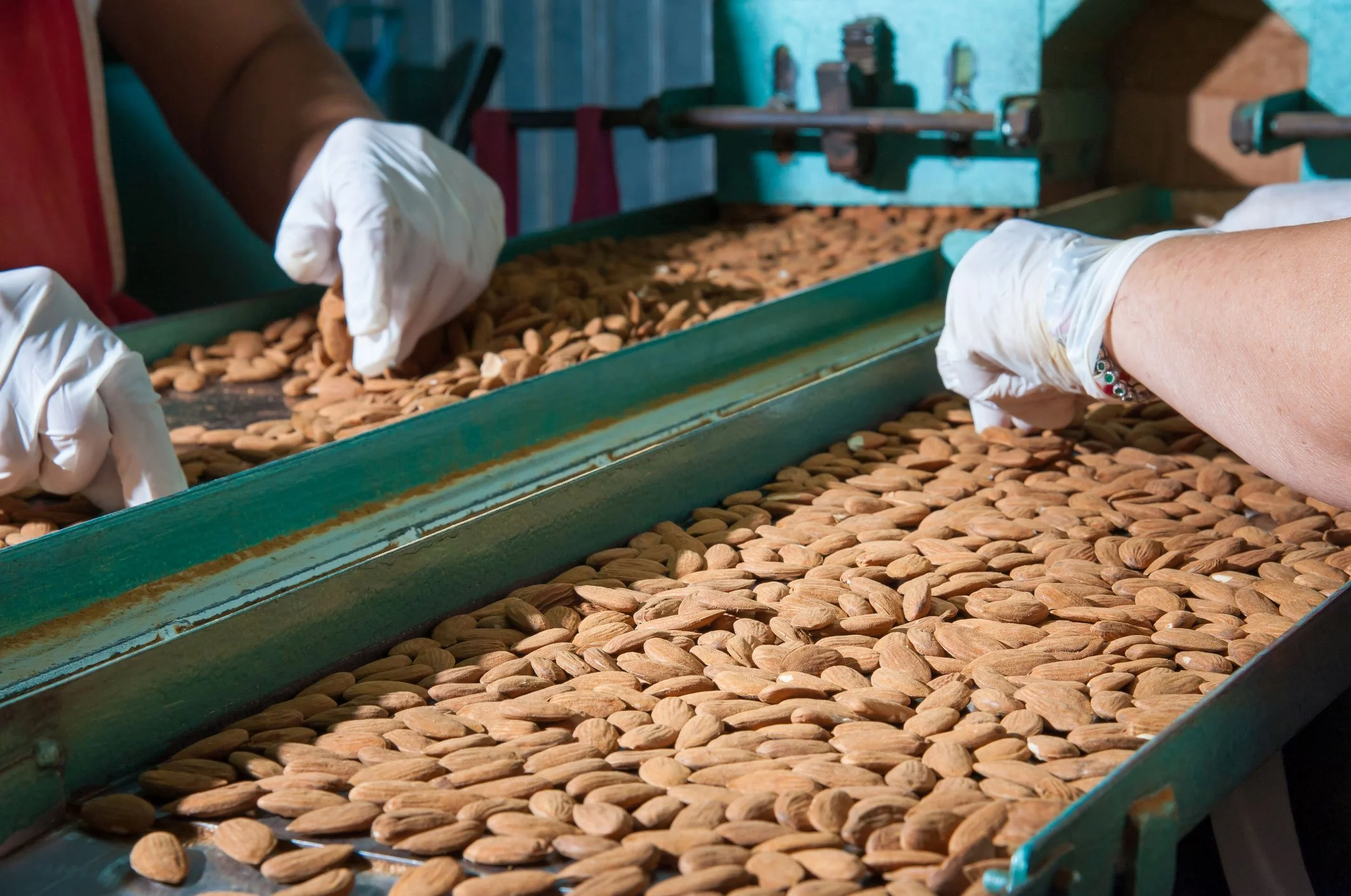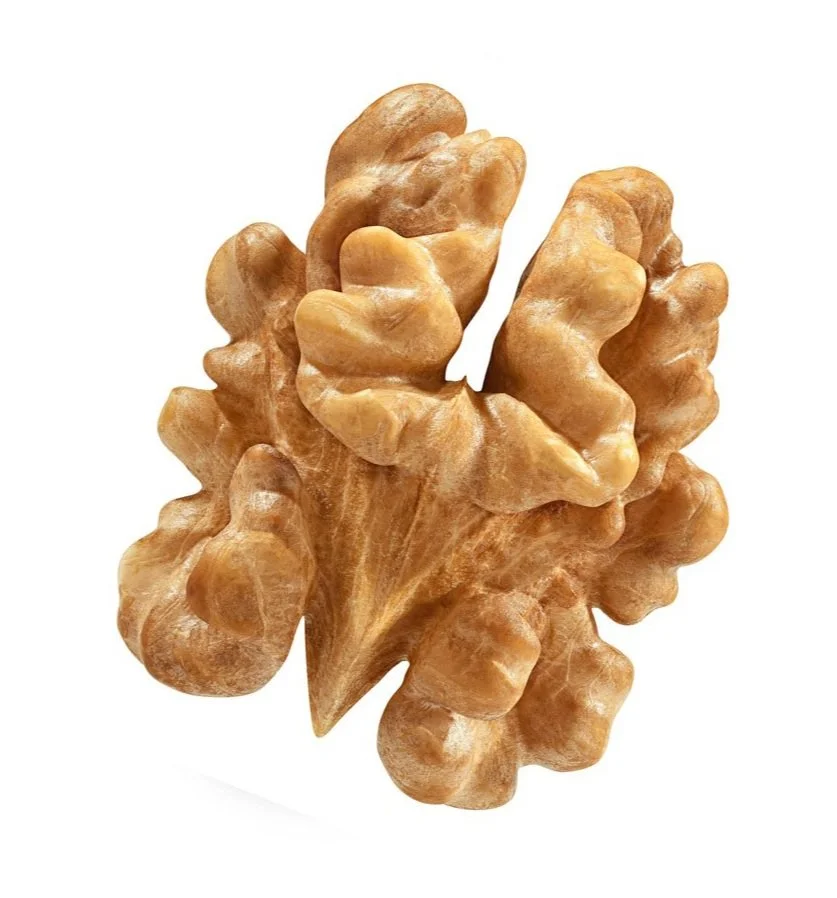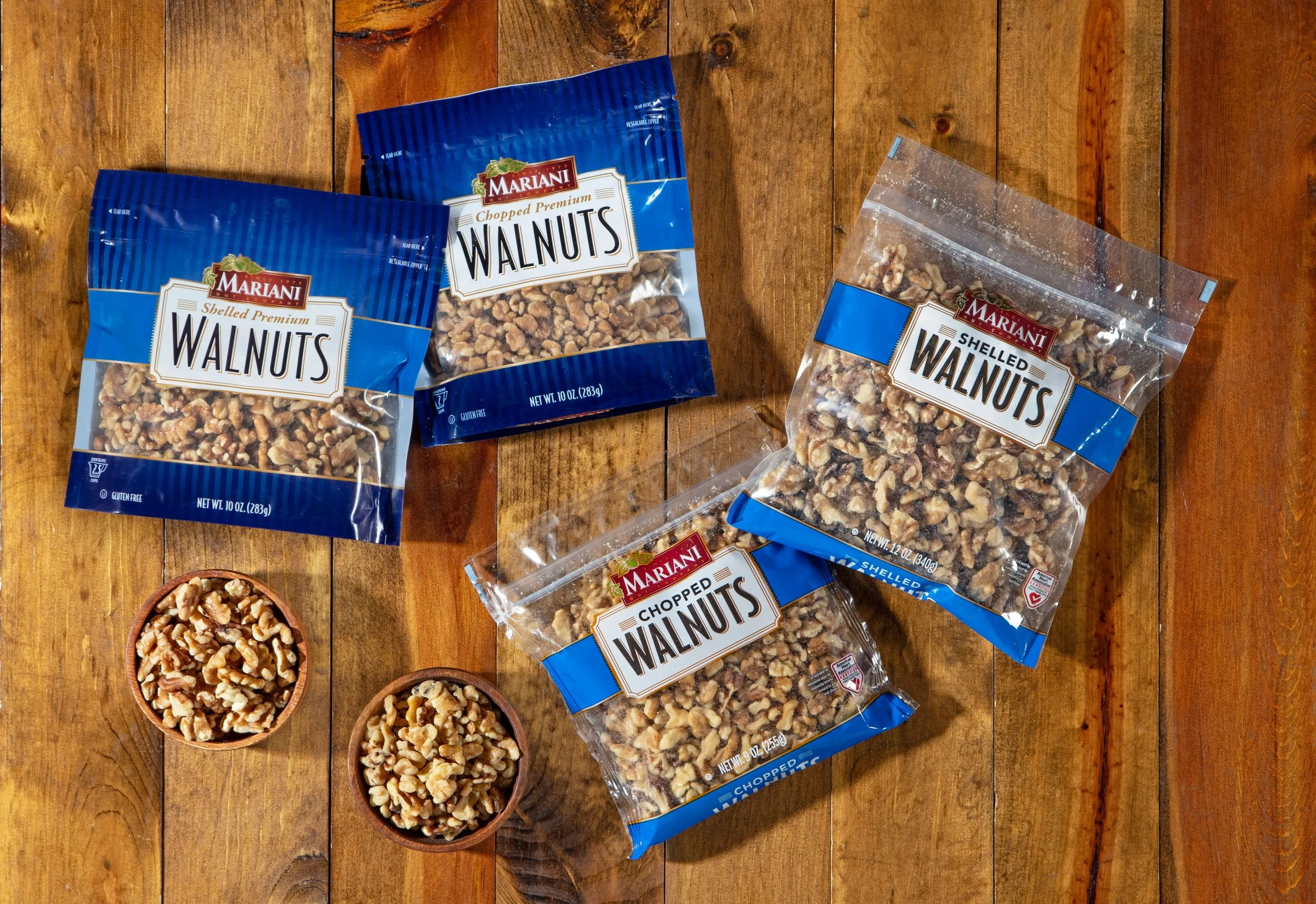
Almond & Walnut Lifecyles
The lifecycle of almonds and walnuts involves a journey from dormancy in winter, through flowering and pollination in spring, to maturation and harvest in autumn. This process includes stages of growth and development that ensure the nuts reach their peak quality before being carefully harvested and processed.
Almond Lifecycle
Scroll through the images below.
Walnut Lifecycle
Scroll through the images below.





